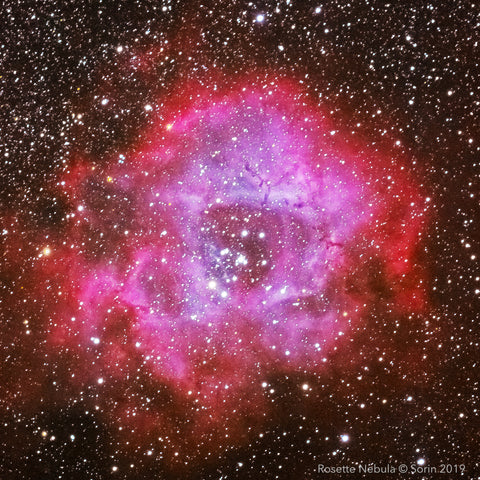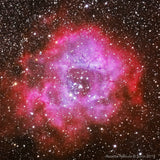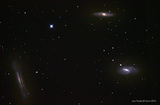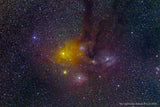We are evaluating bring back classes this summer. Stay tuned.
Already have a DSLR or Mirrorless camera?
Learn to use your existing camera to image beyond our solar system. We'll cover how to setup a DSLR/Mirrorless camera for astro imaging, and the other equipment required, including an equatorial tracking mount and telescope. The class will focus on how to photograph Deep Space Objects (DSOs) including star clusters, nebula, and distant galaxies. We'll also cover some of the software and techniques to turn a raw astro image into a stellar photograph using familiar software like Lightroom and Photoshop, along with some astro specific programs.
Registration is for one person. Be sure to select the number of seats needed for your group. Please be sure to enter your email address when you register so we can send along a resource packet after the class.
At the conclusion of the class, you should have an understanding of how to use a DSLR or Mirrorless camera to photograph DSOs, and the additional equipment and software needed to start your journey into deep space photography.
Location
Classes are approximately 2 hours in length and presented in our store:
Mile High Astronomy
9797 West Colfax Ave #3VV
Lakewood, CO 80215
Syllabus
The class is a presentation format. You may wish to bring your camera and camera manual, and note taking materials.
How Astrophotography is different
- Earth’s Rotation
- Extremely long exposures
- Object brightness and the magnitude scale
- Dynamic Range of DSOs
Camera Settings
- ISO, White balance, and dark frames
- Aperture and focal ratios in astrophotography
- Capture in RAW
EQ Mount Setup and Alignment
- How Equatorial Mounts work, and why you need one
- How to align on Polaris
- Improving tracking with accurate alignments
Recommended Setups
- Travel & Wide Field: Camera Tracker
- Medium/Narrow Field: GoTo GEM
- Auto-Guiders and when to add one
Framing
- Deciding what to Image
- Resources to plan your composition
Focusing
- Why auto-focus doesn’t work
- Focus Masks to the rescue
Sequence Capturing
- How much data is enough / Understanding signal to noise
- Dark Frames, Flat Frames, Light Frames
- Intervalometers, software control
- Exposure Lengths, Using the Histogram
Processing
- Pre-processing with Lightroom, or hot pixel removal with dark frames, vignette and dust with flat frames.
- Stacking images with DSS, Nebulosity, Pixinsight
- Post-processing – color stretching, calibration, sharpening, masking, etc.
Final Results
Note: Syllabus is subject to change
Instructor
Classes are taught by Sorin, who has been an astrophotographer for the past 8 years, and selling his images professionally for the past four. He has given more than a dozen presentations on astronomy and astrophotography to audiences as large as 500 guests, and been an invited exhibitor at the Space Foundation Symposium. He also writes the Soggy Astronomer blog, sharing how-tos and reviews to help other astronomers and astro-imagers. Sorin is the owner and founder of Mile High Astronomy.






